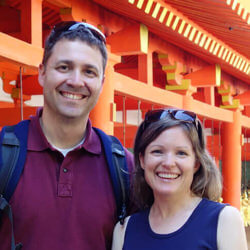Rikugien Garden in Tokyo
Rikugien Garden was constructed in the 18th century and is considered to be one of the two great gardens of the Edo period.
CONTENTS
Brief History of Rikugien Garden
Rikugien is a strolling garden located in Tokyo. It was built in 1702 for the 5th Shogun, Tokugawa Tsunayoshi.
The name of the garden, Rikugien, means the garden of six senses of poetry. The construction was influenced by scenes from famous waka poems.
Island in Middle of Pond
In the garden, there is a large pond with an island in the middle that is surrounded with trees. The beautiful island is a living interpretation of scenic spots written in poems about the Wakanoura area in Wakayama prefecture.
During the Meiji period, the garden became the property of Mr. Yataro Iwasaki, the founder of Mitsubishi. Later, it was donated to the city of Tokyo in 1938 and opened to the public. It was designated as a national special scenic spot on March 31, 1953.
Enjoying Rikugien Garden
Rikugien Garden has a large pond in the center and a path that goes around it. It also has an artificial mountain that you can stroll around and admire. Along the paths, there are rest areas for sitting, observatories with views of the garden, and a teahouse.
Enjoying a Matcha Green Tea at the Rikugien Garden Teahouse
It takes about an hour to walk around the pond, and a little longer if you want to enjoy a matcha green tea at the teahouse.
Rikugien Blooms and Foliage
Rikugien is famous for azalea flowers, weeping cherry blossoms and fall foliage. When both the weeping cherry blossoms and the autumn leaves are at their peak, they are lit up in the evenings.
Spring
In the spring, you can see weeping cherry blossoms, azaleas, Japanese kerria, magnolias, and wisterias. The weeping cherry tree near the entrance of the garden is famous for its blooms of pale pink flowers and is lit up from late March to early April.
Summer
In the summer, you’ll see hagi, hydrangea, and rose of sharon.
Fall
In the fall, the park is popular for turning leaves of Japanese maple trees and ginkgo trees. This is also a great time to see white enkianthus flowers in bloom. The turning autumn leaves are lit up from late November to early December.
Fall Leaves at Rikugien Garden
Winter
Visitor that come in the winter will have a chance to see Japanese allspice, camellia, plum, and sasanqua.
How to Get to Rikugien
Rikugien is a 7-minute walk from the South Exit at Komagome Station on the JR Yamanote Line or from Exit 2 Komagome Station on the Tokyo Metro Namboku Line.
Or it’s a 10-minute walk from Exit A3 at Sengoku Station on the Toei Mita line.
Want a Unique Japan Trip?
Discover Japan planning secrets with our best selling Itinerary Planning Course. Or inquire about our exclusive Small Group Tours.


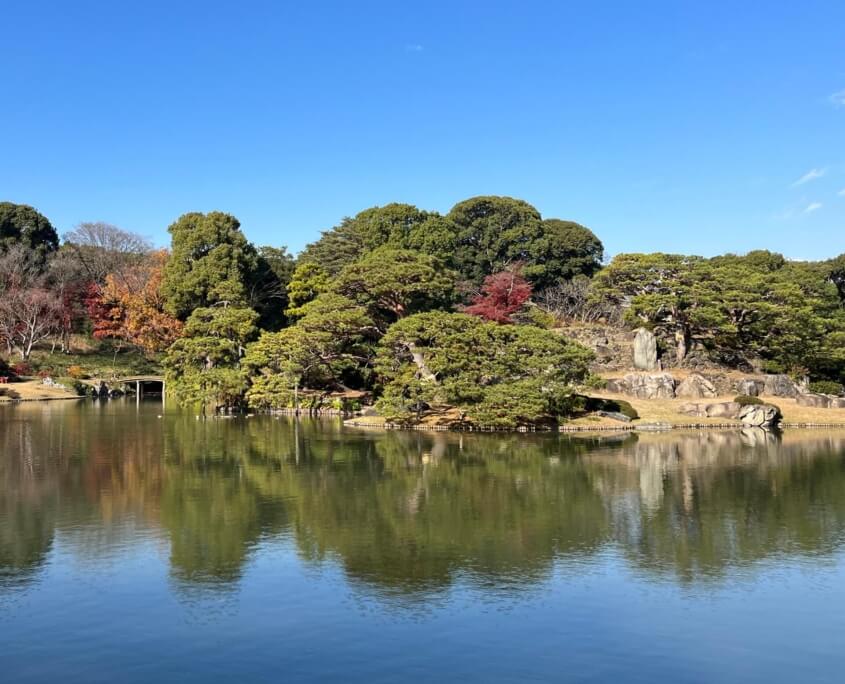
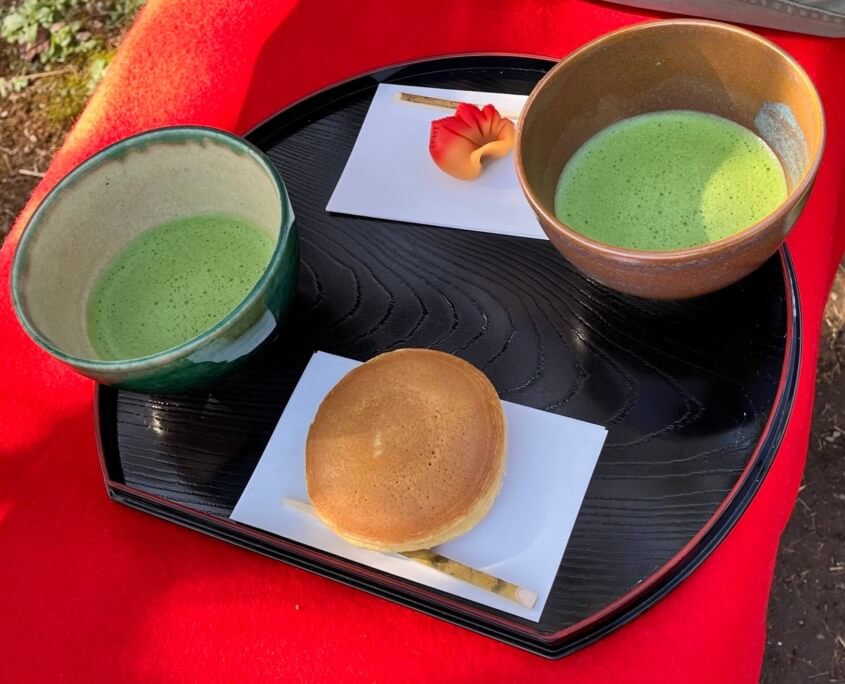
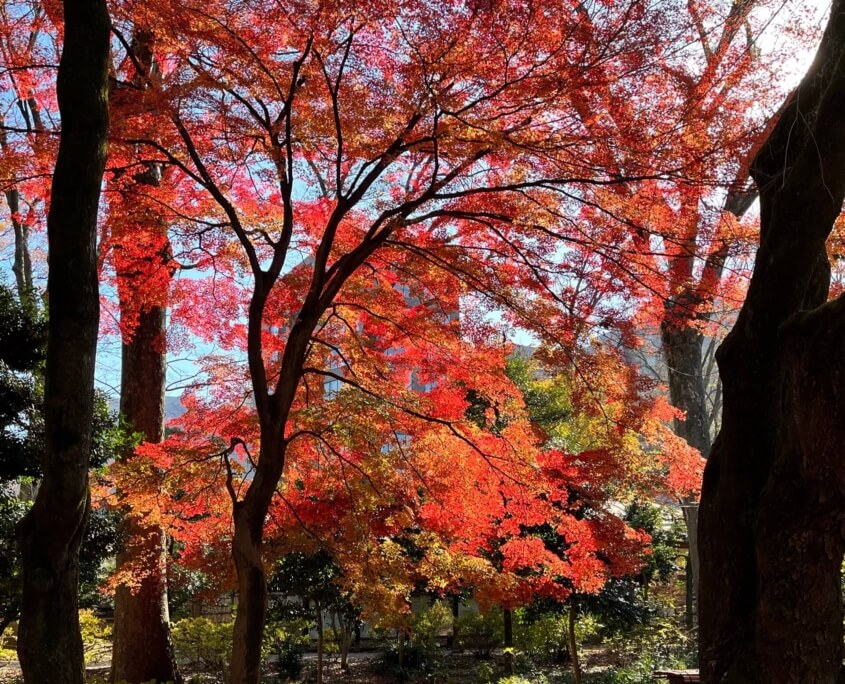
 ©JAPAN and more
©JAPAN and more 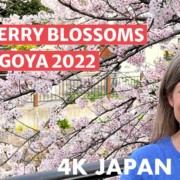 @JAPANandmore
@JAPANandmore 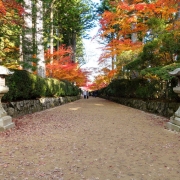 ©JAPANandmore.com
©JAPANandmore.com  @JAPANandmore
@JAPANandmore 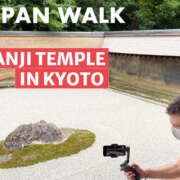 @JAPANandmore
@JAPANandmore 
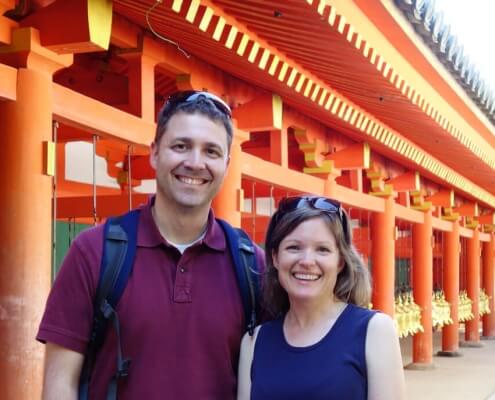




 Shutterstock
Shutterstock Wiki
Wiki